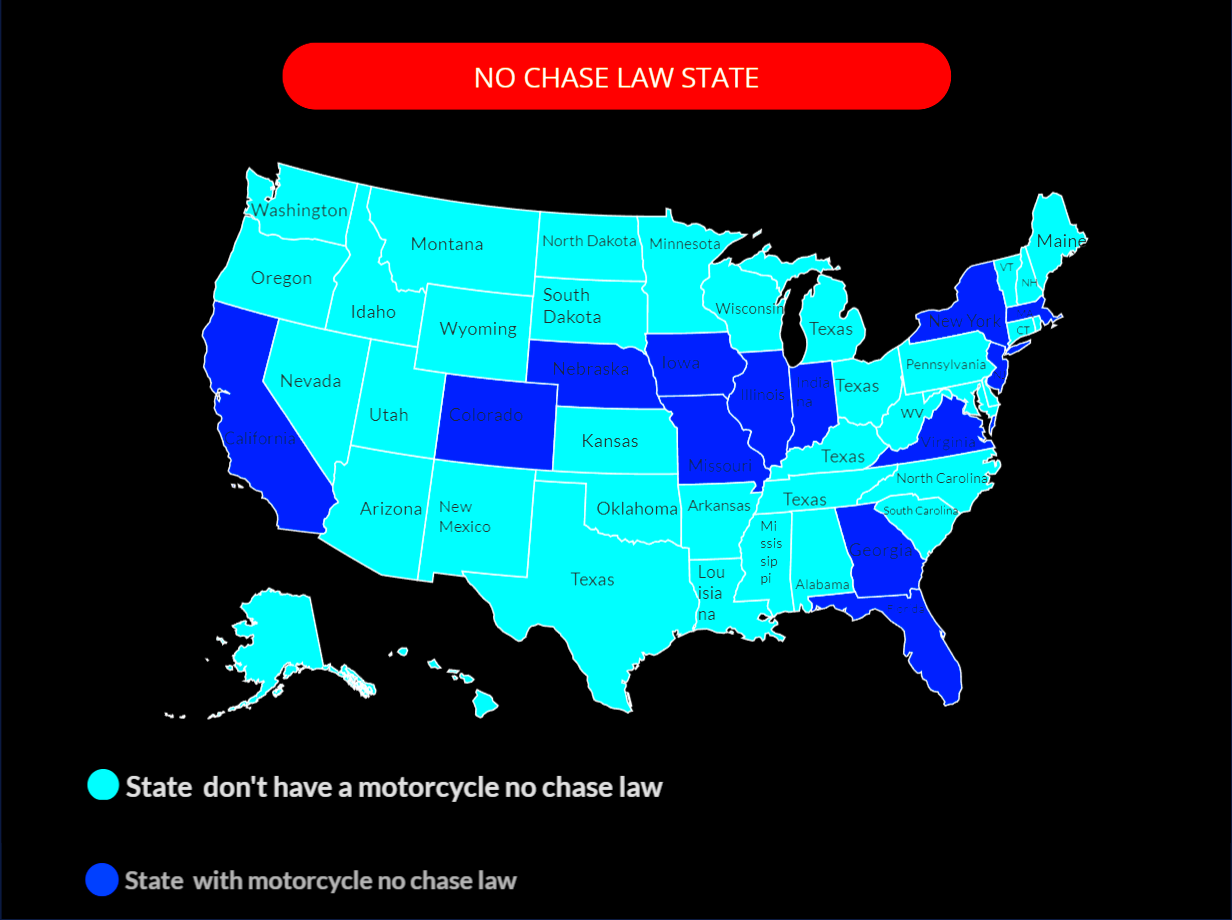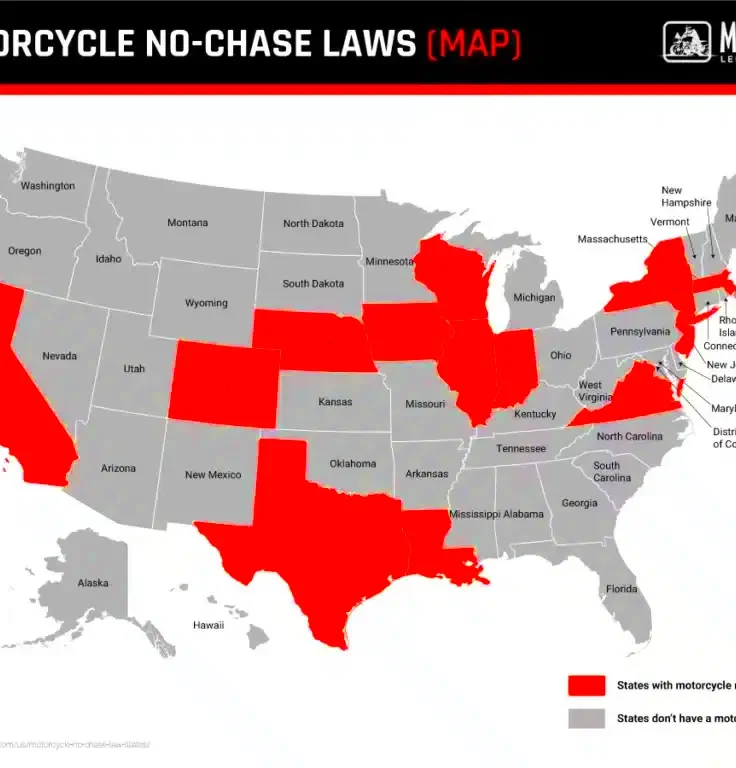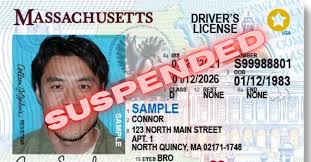No Chase Law in Maryland: What You Need to Know
The No Chase Law in Maryland is a legal framework that limits police pursuits of suspects. This law is designed to prioritize public safety over the immediate apprehension of suspects. It acknowledges the risks that high-speed chases can pose to innocent bystanders and other drivers. Essentially, while law enforcement has a duty to apprehend criminals, they must also consider the potential dangers associated with chasing them. This law reflects a shift in how law enforcement agencies approach situations involving fleeing suspects.
What No Chase Law Means for Law Enforcement

No Chase Law imposes specific guidelines on how law enforcement officers can engage with suspects who are fleeing. Officers are often required to evaluate the situation carefully before initiating a pursuit. Some key points include:
- Risk Assessment: Officers must assess whether the benefits of pursuing a suspect outweigh the risks to public safety.
- Nature of the Offense: Pursuits are typically limited to serious crimes, such as violent felonies, rather than minor traffic violations.
- Alternative Measures: Law enforcement may use alternative methods to apprehend suspects, such as gathering information for later arrest.
This approach helps prevent dangerous situations that could endanger both officers and civilians. It also encourages police departments to develop better strategies for handling fleeing suspects without endangering the community.
Reasons for Implementing No Chase Law
The implementation of No Chase Law in Maryland was driven by several important factors:
- Public Safety: High-speed chases can lead to serious accidents, injuries, and fatalities. The law aims to protect innocent bystanders from becoming collateral damage.
- Community Trust: Building trust between law enforcement and communities is crucial. By prioritizing safety, police departments can foster better relationships with the public.
- Focus on Crime Prevention: Rather than chasing suspects, officers can focus on preventive measures, such as community policing and intelligence gathering.
- Legal Liability: Reducing high-speed chases may help limit legal liability for police departments involved in accidents during pursuits.
In summary, the No Chase Law reflects a proactive approach to law enforcement, ensuring that the safety of the community is always the top priority.
How No Chase Law Affects Public Safety
The No Chase Law plays a significant role in enhancing public safety in Maryland. By limiting police pursuits, the law aims to reduce the risks associated with high-speed chases. High-speed chases can lead to severe accidents, injuries, and even fatalities. In many cases, innocent bystanders can become victims of these dangerous situations.
Here’s how the law contributes to public safety:
- Reduced Accidents: Fewer police chases mean fewer high-speed collisions. This helps keep streets safer for everyone.
- Decreased Fear: Knowing that police chases are limited can ease public anxiety about the dangers of high-speed pursuits.
- Improved Community Relations: When police prioritize community safety over aggressive pursuits, it can enhance trust between law enforcement and residents.
- Encouragement of Alternative Tactics: Law enforcement agencies can adopt non-chase strategies, like surveillance and tracking, to apprehend suspects without risking public safety.
In conclusion, the No Chase Law is a vital step toward protecting the community while still allowing law enforcement to maintain order and address criminal behavior.
Legal Implications for Drivers
The No Chase Law has various legal implications for drivers in Maryland. Understanding these implications is essential for both law enforcement and the public. Here are some key points:
- Responsibility for Actions: Drivers who choose to flee from police may face serious legal consequences, including charges for resisting arrest or fleeing law enforcement.
- Potential Penalties: If caught fleeing, drivers could face fines, license suspension, or even jail time depending on the nature of the offense.
- Legal Defense Options: Those charged with offenses related to fleeing may have legal avenues to explore, especially if the chase posed an unreasonable risk.
- Impact on Insurance: A history of fleeing from police can result in higher insurance premiums or even difficulty obtaining coverage.
Ultimately, while the No Chase Law aims to enhance safety, it also reminds drivers that avoiding law enforcement can have serious legal ramifications.
Common Misconceptions About No Chase Law
There are several misconceptions surrounding the No Chase Law in Maryland that can create confusion among the public. Here are a few common myths debunked:
- Myth 1: Police cannot chase anyone at all.
Truth: Officers can still engage in pursuits for serious crimes, but they must evaluate the situation for safety risks. - Myth 2: All police departments follow the same no chase policy.
Truth: Each department may have its own guidelines regarding pursuits based on local circumstances. - Myth 3: The law protects criminals.
Truth: The law aims to protect the public and minimize risks while allowing police to still enforce the law. - Myth 4: Fleeing from police is a good way to escape prosecution.
Truth: Fleeing can lead to serious legal consequences and is not a viable option.
By addressing these misconceptions, the public can better understand the intent and implications of the No Chase Law, fostering a more informed dialogue about public safety and law enforcement practices.
Frequently Asked Questions
As with any law, the No Chase Law in Maryland often raises questions among the public and law enforcement alike. Here are some frequently asked questions that help clarify common concerns:
- What is the primary purpose of the No Chase Law?
The main goal of the No Chase Law is to prioritize public safety by reducing the risks associated with high-speed police chases. - Are police officers still allowed to pursue suspects?
Yes, officers can pursue suspects if they are involved in serious crimes, but they must weigh the potential risks to the public. - What happens if a driver flees from police?
Drivers who flee can face serious legal consequences, including fines and possible jail time, depending on the situation. - How does the law affect police training?
Police departments are adapting their training to emphasize safety and alternative tactics for apprehending suspects rather than high-speed chases. - Is the No Chase Law unique to Maryland?
While many states have similar laws or guidelines, the specifics can vary greatly from one jurisdiction to another. - How can the community support the law enforcement?
Communities can help by fostering open communication with local police, participating in crime prevention initiatives, and understanding the intent of the law.
These FAQs highlight the law’s purpose and its implications, helping individuals understand the broader context of police pursuits and community safety.
Conclusion and Key Takeaways
The No Chase Law in Maryland represents a significant shift in how law enforcement approaches suspects who flee. By prioritizing public safety and encouraging alternative strategies for apprehending suspects, the law seeks to minimize risks to innocent bystanders. Understanding the legal implications for drivers and addressing common misconceptions can foster better relationships between law enforcement and the community. Ultimately, the law emphasizes the importance of safety while maintaining law and order, creating a balanced approach to policing in Maryland.


